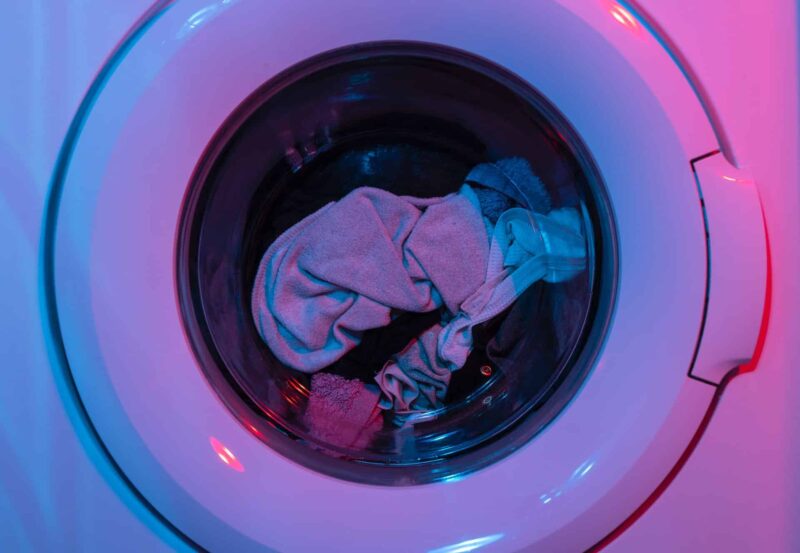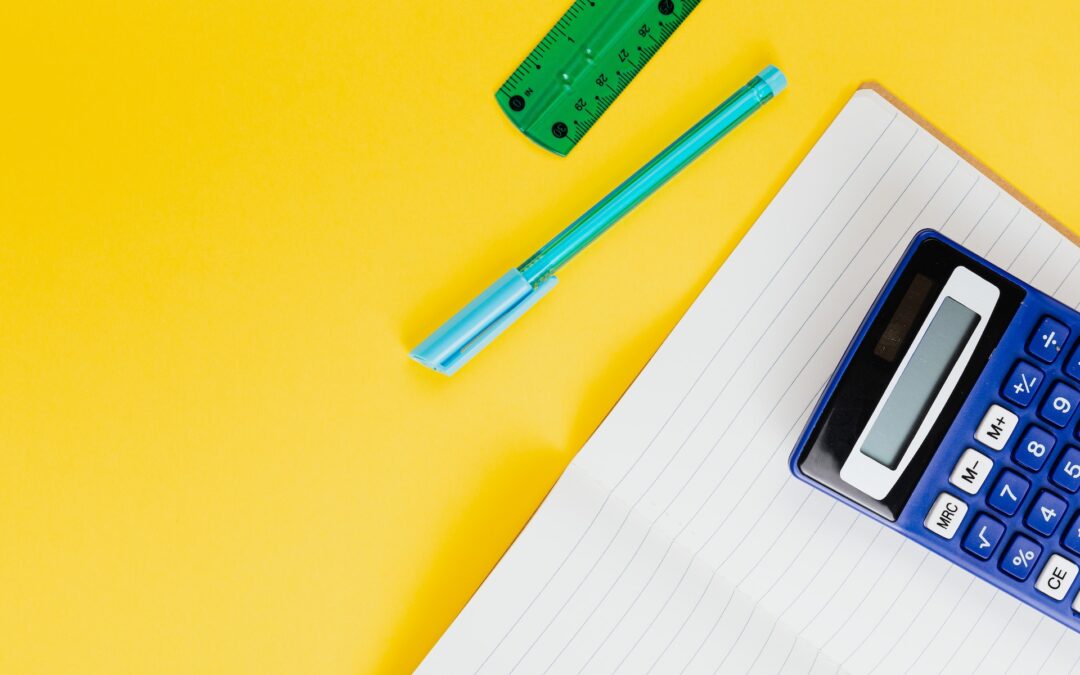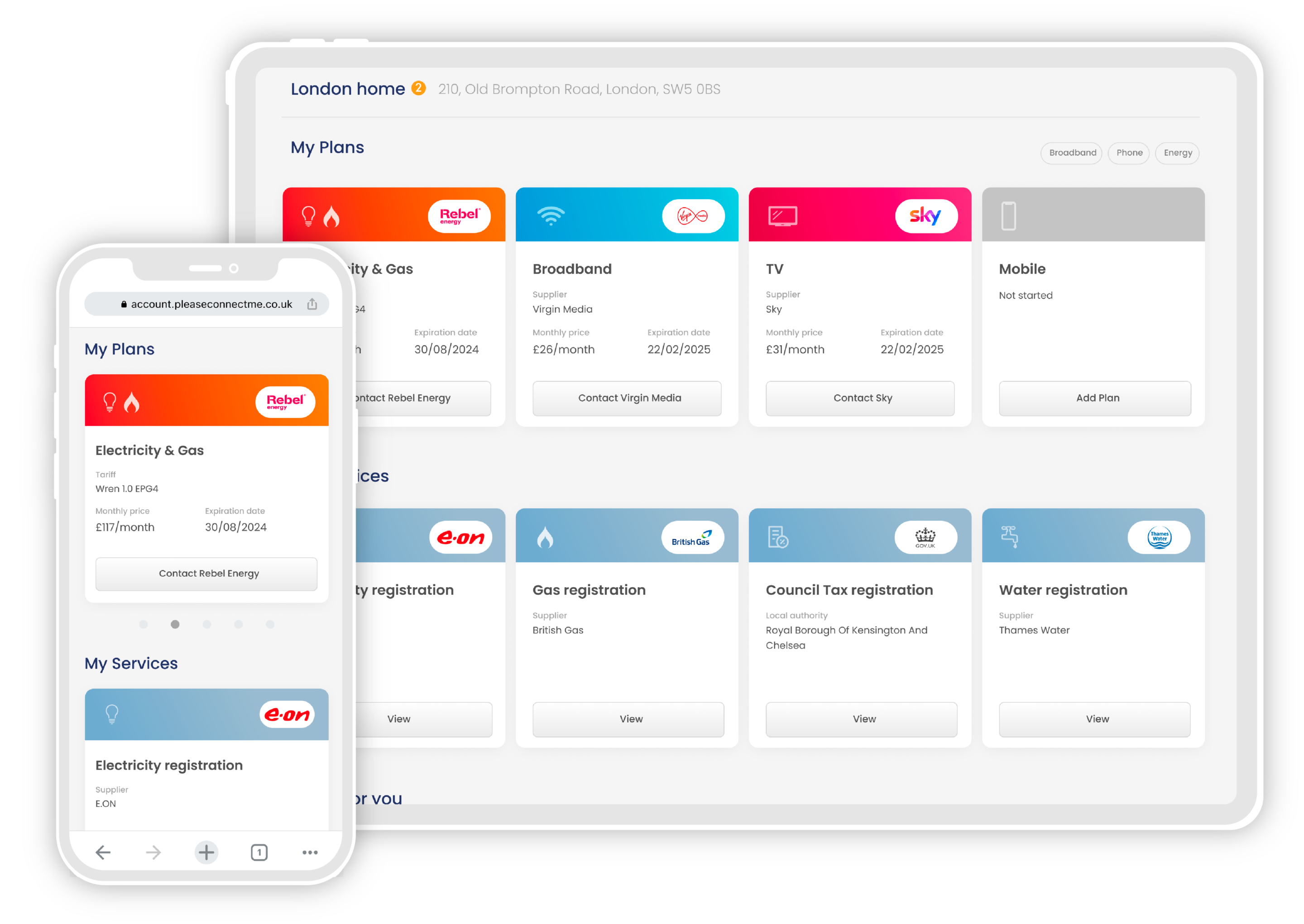With energy costs and household bills climbing rapidly, you’ve asked us to collect a list of easy ways to save energy at home. Below, you’ll find our top tips for reducing your gas and electricity use throughout your house. Read on for ways to save hot water, make your heating more efficient, reduce electricity usage and save on your energy bills
Ways to save energy at home…
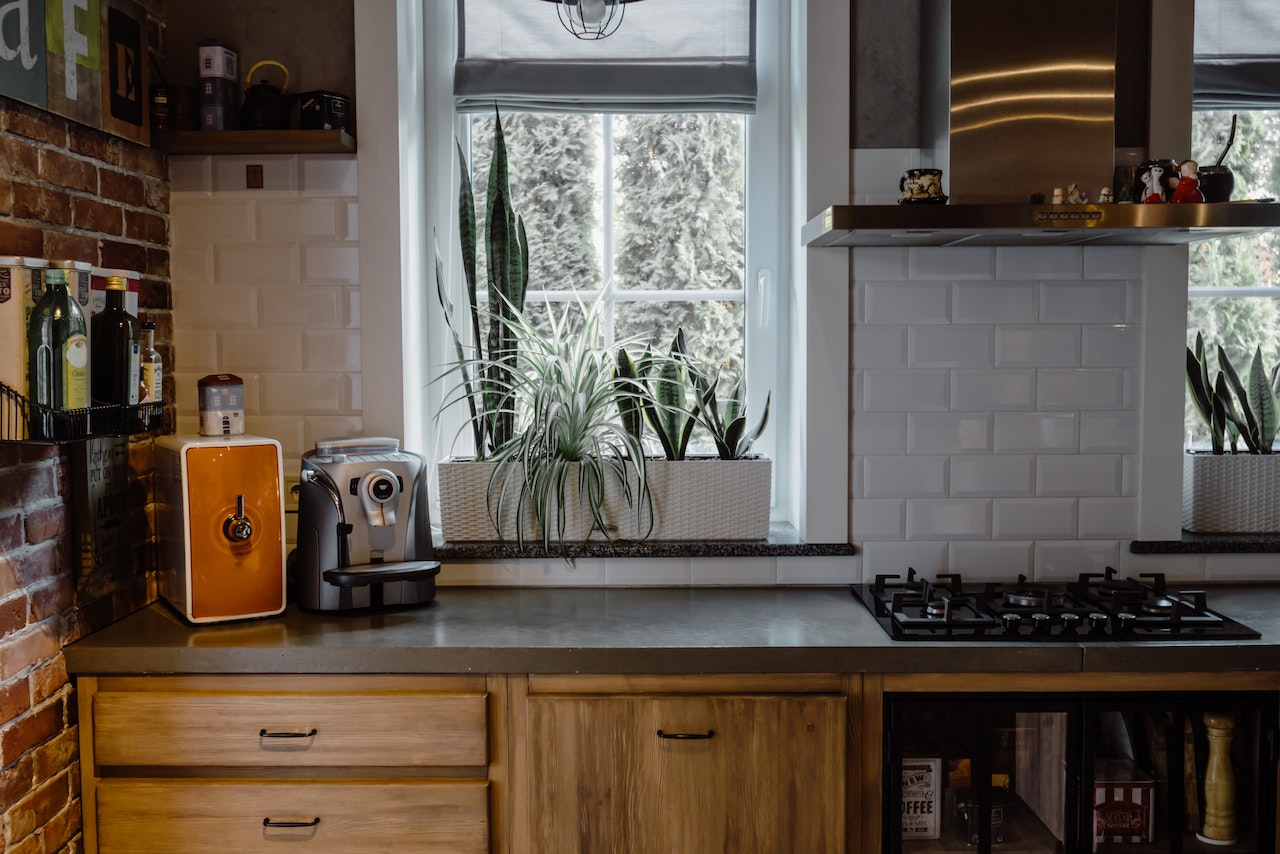
Around the kitchen
– Fill your fridge and freezer
It’s much easier for your fridge and freezer to stay cool when they are full, which means they need to use less electricity. Fill empty spaces with plastic bottles filled with water and grab them when you head out of the house for a cold drink on the go.
– Freeze at the right temperature
For food safety, -18°C is the perfect temperature to keep your freezer at. Setting it any colder won’t make your food any more frozen, but a freezer kept at -24°C will use 25% more electricity.
– Defrost regularly
Your freezer also uses a lot more electricity when it’s over-frosted. Defrost your freezer whenever you see ice building up to save on energy and free up space.
– Make your own ice
A countertop ice maker uses electricity, but unless your freezer is full then you already have an icemaker running. Switch to freezing your own ice in trays – once they’ve frozen you can move the ice to a bag or larger tub to stock up for parties and save space.
– Feel the seal
Use your hand to check around the seal of your fridge and freezer door when it’s closed. If you feel a cold draft, the seal is leaking and needs to be repaired. Keeping your appliances sealed properly means they’ll need less energy to stay cool.
– Fit a fridge alarm
These handy devices beep at you to let you know you’ve left your fridge or freezer open – useful if you’re prone to getting distracted while cooking.
– Leave food out (for a few minutes)
Defrost food on countertops rather than using the oven. Let leftovers cool on the counter before putting them in the fridge and you’ll save on the extra electricity used to drop the fridge’s temperature.
– Shop with efficiency in mind
Don’t rush out to replace perfectly good appliances, but if you already need a new fridge or washing machine then look out for the very top efficiency ratings. The most efficient freezers available can be more than £100 a year cheaper to run than their inefficient competitors.
– Make your taps work smarter
Fitting an aerator on your taps reduces the amount of water they use while still keeping the dishwashing pressure high. Between using less water and saving on heating extra hot water these simple devices have a double environmentally friendly impact.
Looking for more tips for saving water? Read our guide to cutting your water bill here
– Wash dishes in a bowl
If you usually hand wash your dishes with a running hot tap, filling a bowl or tub with warm soapy water and then using cold water to rinse will save you on hot water.
– Help your dishwasher realise its full potential
According to OVO Energy, using a moderately efficient dishwasher uses less energy and water than washing by hand, provided you always fill your dishwasher up completely.
– Let your appliances be night owls
If you have an Economy 7 energy tariff, electricity is cheaper at night. You can use device settings, timer plugs or your own routine to run energy-intensive devices like your dishwasher at night. Other good appliances to run overnight are washing machines, dryers, bread makers or slow cookers. You can also charge your electric car, scooter, e-bike, power chair or any other electric vehicle overnight to take advantage of the cheaper charge.
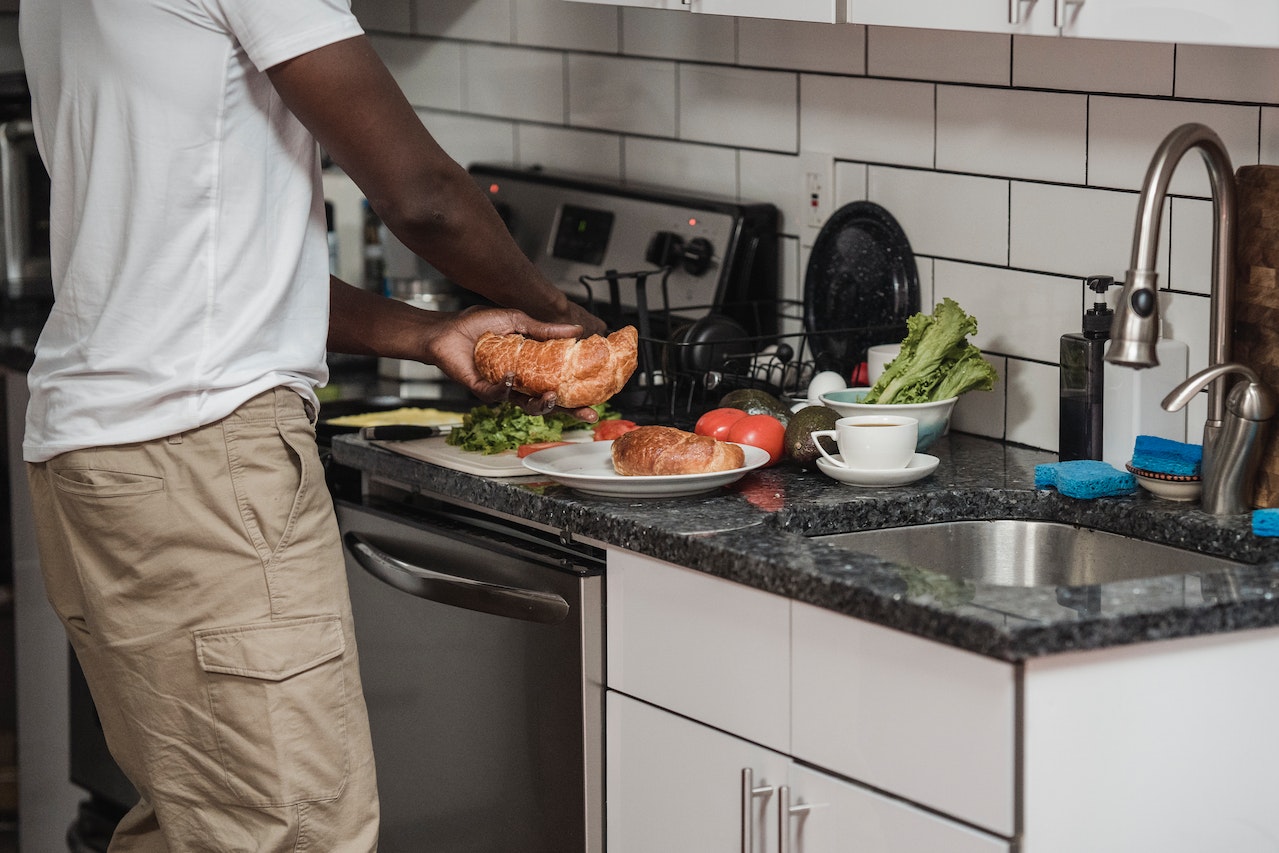
When you’re cooking
– Make use of microwaves
If you have one, cooking food in a microwave is usually much more efficient than an oven or hob. Microwaves use electricity – usually cheaper than the gas used by hobs – and are also much more energy efficient, only heating the food instead of a large oven drawer. Money Saving Expert calculated that cooking a jacket potato in a microwave used just 25% of the energy compared to oven baking it.
– Cook Slow
Slow cookers are also a great way to use less energy in the kitchen. These ultra-efficient countertop crock pots can be even cheaper if you take advantage of a night-time energy tariff.
– Start in the kettle
It uses less energy to heat water in an electric kettle than in a pan on a stovetop. If you’re cooking with boiling water, start with freshly boiled water from the kettle and add it straight to your pan, then use the stove to keep it hot if needed.
– Use the right pan…
If your pan is bigger than what you’re cooking then you’re wasting energy to heat the extra surface area. Always use the smallest pan, pot or dish that will comfortably fit what you’re cooking, and don’t use more water or stock than you need to cover your ingredients.
– … and the right hob
If the flames or heating ring on your hob extend beyond the edges of your pan then you are paying to heat the air around your food rather than the food itself. Use big rings for large pots and smaller rings for milk pans.
– Keep it clean
Any burnt-on food or grease on your hob will make it less efficient, so make sure to give it a scrub whenever you can to keep it running at its best.
– Put a lid on it
Place a lid or cover over pots and pans while they boil to save energy and cut down on cooking times.
– Fill your oven…
When cooking in the oven, cook multiple foods at once and try to use all the available space. Look for foods that can be cooked ahead of time like lunch for tomorrow or roasted vegetables for another meal and take advantage of the fact that you’re heating the oven anyway. This tip is particularly relevant if you meal prep – make sure everything that needs oven cooking goes in together, and start a second batch immediately if you run out of space to use all the leftover heat.
– … and keep it closed
While your food is cooking, keep the oven door closed as much as possible. You lose around a quarter of the heat inside every time you open it. Keeping the oven door clean lets you check on your food without wasting any heat.
– Time your pre-heating
Get to know how long your oven takes to come up to temperature and set a timer for that long so you can put food in as soon as it’s ready.
– Switch to ceramics
If you have them, ceramic or glass cookware will retain and distribute heat better than metal. Once you’ve got used to your dishes you can use lower cooking temperatures and shorter cook times as simple ways to save energy while cooking.

When you make a cuppa
– Boil what you need…
You’ve probably heard this advice before, but make sure you are only filling your kettle with the water you’re going to use. Fill your mug from the tap, then pour it directly into the kettle.
– … and use what you boil!
23% of people in the UK admit to forgetting to use their hot water and reboiling it. An insulated kettle or teapot with a cosy will keep your water hot longer, or set a timer to go off to remind you to use your water before it goes cold.
– My travel mug, my companion
If you find your hot drinks often get cold before you finish them and you’re resorting to a hot water top-up or a zap in a microwave, try using an insulated travel mug at home. Any cup with a closing lid and some form of insulation will keep drinks hot – or cold – for longer
How much will my bills be? Find out with our Utility Bill Calculator ›
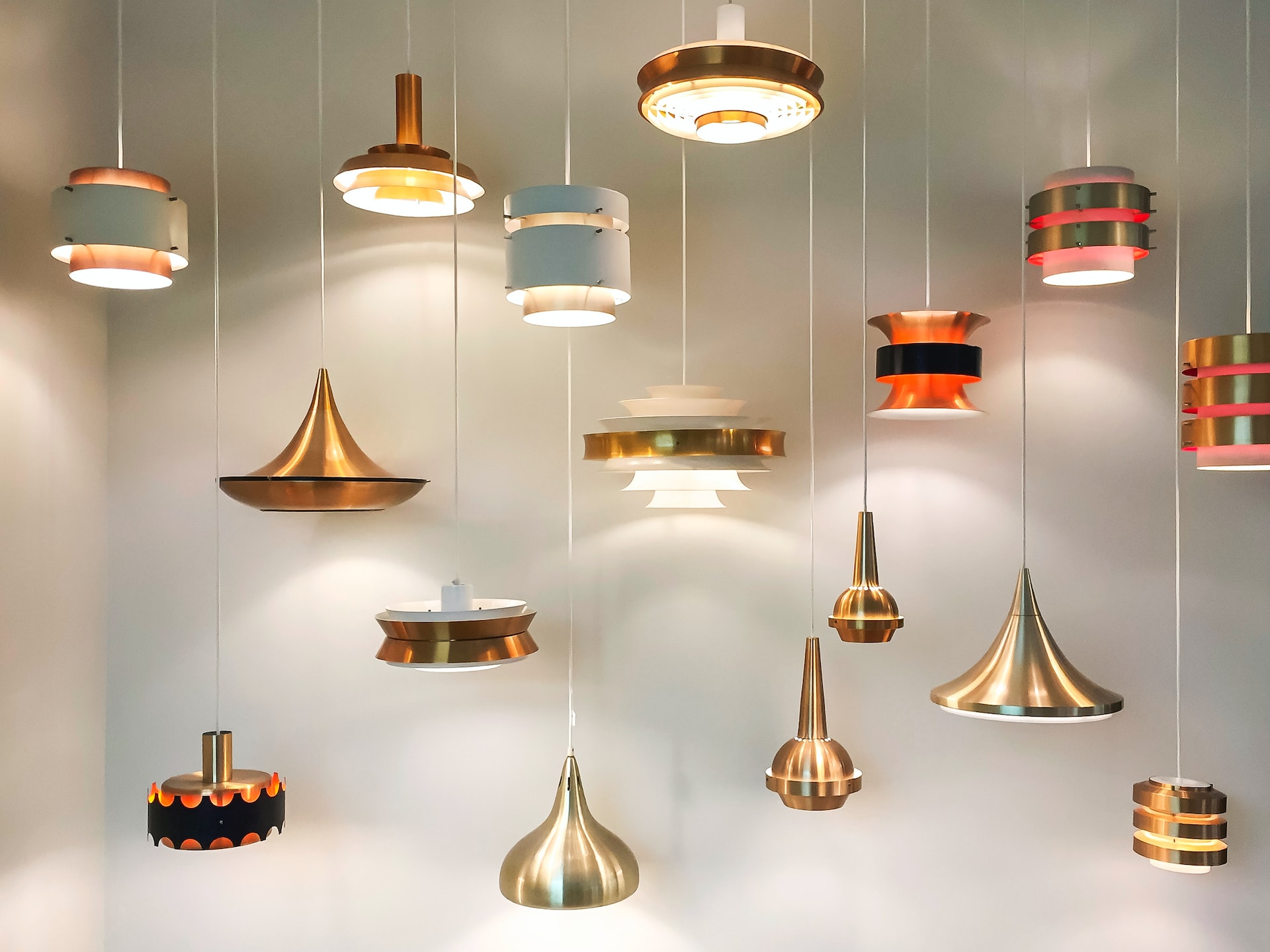
On your lighting
– Switch to LED bulbs
Not only do LED bulbs use less energy than Halogen bulbs, but they also last around ten years longer. Buying fewer replacement bulbs saves you money, and reduces the waste you’re sending to landfill. You can find a guide for matching the size and brightness of your traditional bulbs to their LED replacements here. Upgrading bulbs as they burn out is one of the easiest ways to save energy at home and cut your electric bill.
– Don’t light empty rooms…
Make sure you’re switching the lights off in rooms that no one’s using.
– … even if you’re just stepping out…
There’s a common myth that it takes more energy to turn a light off and on than to leave it on for a short time. In fact, you’ll be better off turning the light off when you leave and back on when you return.
– … and not just for pets
Some people report leaving a low level of lighting on all night for pets to see their way. This is usually unnecessary unless you have a very anxious pet as most animals have much better night vision than us, and it can even disturb your pet’s natural sleep cycles.
– Enjoy natural light
Open your curtains and use mirrors to maximise natural light from the sun while it’s warm outside – it will also warm the air in the room. Just make sure to draw the curtains once the weather turns cold or you’ll lose heat through the windows.
– Dim and dimmer
Fitting dimmer switches or using individual lamps instead of all the lights in the room can save you money while adding to a cosy ambience.
– Dust your bulbs.
Lightbulbs can quickly get dusty, dimming the light they produce. Keeping all your lighting clean and dust-free means you can use fewer lamps for the same illumination.
– Position your mirrors.
A well-positioned mirror reflects sunlight around the room, boosting the benefit of natural sunlight. Experiment with your room layout to maximise natural light throughout the year.

In your living room
– Screen time
If you watch TV, choosing the right set can help you use less energy at home. LED screens are the most energy-efficient technology, and look for models with the energy-saving trust recommended sticker and a high energy rating – the scale goes from G (least efficient) to A+++ (your best choice for energy saving).
– Dial down the brightness
Turning down the brightness on your TV is another way to use less electricity while you watch. Find the level that’s comfortable for you – moving the screen out of bright light will also help with visibility.
– Don’t waste time on standby
Most electric devices like TVs, PCs, game consoles, satellite boxes and more go to standby when you hit the off button, but standby mode uses close to the same amount of energy as just leaving the device on. Once you’ve powered them down, turn the device off at the wall socket to shut it off completely. If you have a smart meter you can use it to hunt down these ‘vampire devices’.
– See what you’re using
A smart meter shows how much energy you’re using in real-time. They also show which devices are using the most energy, and they’re great for spotting when you’ve left devices on or on standby. You can request a smart meter for free from your current energy supplier.
– Use the screens you need
Displaying an image on the screen is one of the most energy-demanding parts of using a TV, computer or tablet. If you’re listening to music, radio or a podcast rather than watching something then make sure your display is off or blanked out to avoid wasting energy.
– Don’t fall asleep in front of the TV.
Not only does it waste energy while no one is watching, but evidence suggests it disrupts your melatonin production and reduces the quality of your sleep.
– Stuff your chimney
If you have a fireplace you’re not using, make sure the chimney is filled in. If the chimney is open, you’ll want to fit a draught excluder or chimney balloon. These block the opening above your fireplace to stop hot air from escaping and cold drafts from getting in.
– Move your furniture forward
Most people position their furniture right against the radiator to maximise space, but this can strangle your central heating. Moving your sofa forward six inches will allow heat from your radiator to circulate through the whole room.
– Lay a carpet
While it’s a big upfront cost, laying a carpet with underlay can cut your heating bill by £500 over ten years according to Ideal Home. The National Energy Foundation estimate that the average British home loses 10% of its heat through uninsulated floors.

In the hallway
– Letter-boxed in
Don’t forget about your letter box! If you can feel a cold draft around the letterbox then heat is escaping. Block it off or seal it around the edges to save on your heating.
– Rug pull
If you have tiles in your hall then consider getting a rug. It will insulate the floor preventing heat loss and keep your feet warmer when the heating’s not on.
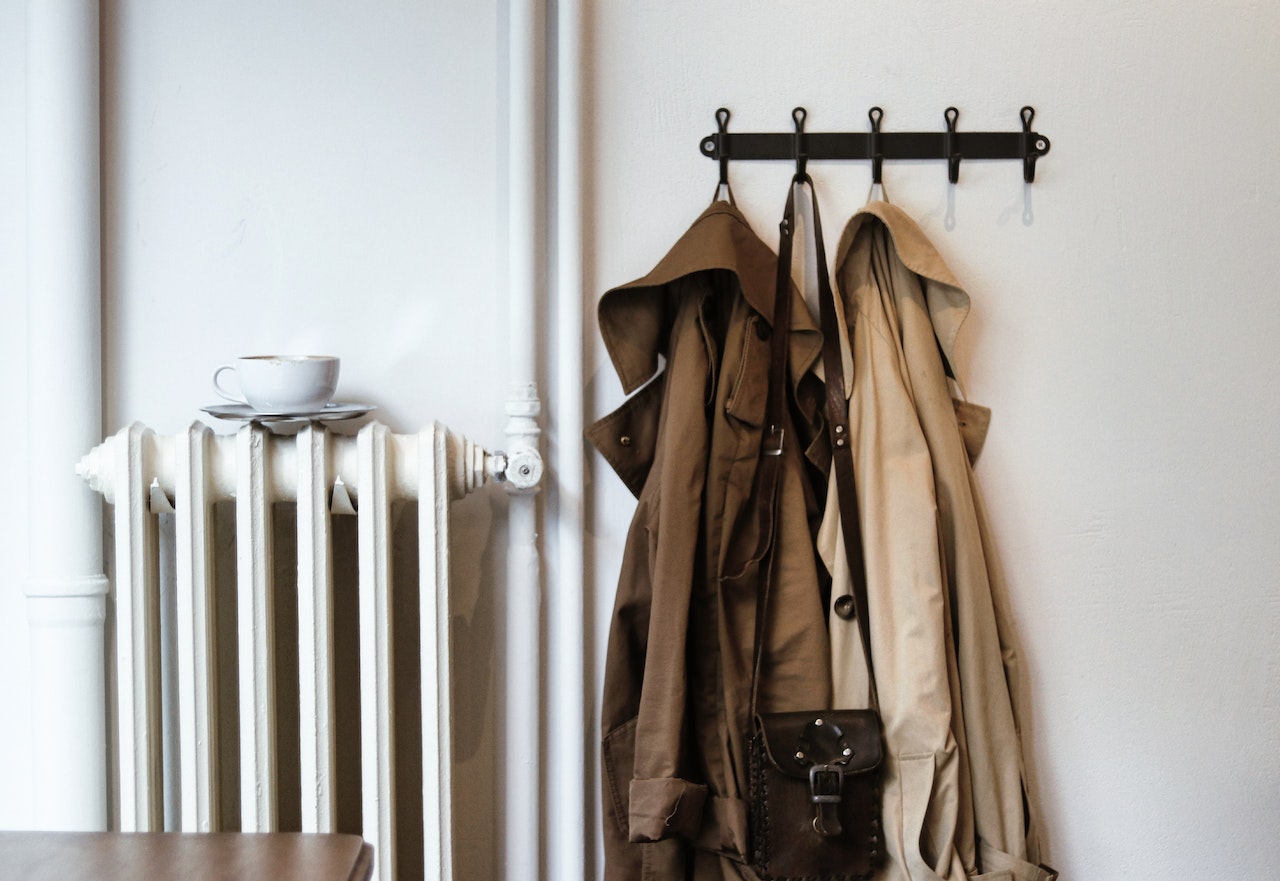
When Heating Your Home
– Drop your thermostat
It might seem obvious, but turning down your heating is probably the easiest way to save energy at home. HomeServe found that the average UK home was heated to around 23°C in winter, while the World Health Organisation says 18°C is sufficient for healthy adults. Try turning your thermostat down by 1°C a day and see when you notice the difference.
– Layer Up
If you start to feel cold at home, reach for a jumper, blanket or a pair of socks before turning the heating on or up.
– Use an electric blanket
If your classic knitted blanket isn’t warming you up, consider investing in an electric blanket. These cost around 3p an hour to run and are great if you work seated at a desk at home. I also use mine to warm up my bed before getting in, rather than turning up the heating in my bedroom.
-Stick to one room…
It’s much cheaper to heat one room than an entire house. Choose one room to work from or relax in, close all the doors and draw curtains to keep as much heat in as possible. Make sure radiators in any rooms you’re not using are turned off.
– … but heat every room occasionally.
Leaving the heating turned off for extended periods during winter can cause long-term damage to your home. To avoid frozen pipes or damp it’s recommended to turn on the heating in every room occasionally, particularly if you notice any moisture or condensation inside the room. If you rent your home, there may be a clause requiring you to heat your home to a particular level.
– Hunt down draughts
Gaps around windows and entrances let cold drafts in and warm air out. To reduce your heating bill you can use a professional service or DIY methods to seal any holes and keep precious heat inside.
– Block under your doorways
One of the most common sources of draughts is air getting in under the bottom of doorways. Draught excluders can be found in home goods stores starting from a few pounds, but if you have a spare hour you can also DIY one from scrap fabric and rice.
– Keep your boiler cosy
If your boiler insulation is currently less than 25mm, or worse if your boiler has no insulation, consider investing in a standard jacket that’s at least 80mm thick. You can find boiler jackets online from around £30 to keep your hot water insulated and help your heating run more efficiently.
–
– …and give it some TLC
Get your boiler serviced once a year, ideally in the autumn, to keep it operating at peak efficiency.
– Bleed your radiators
Cold spots in your radiators are caused by trapped air and make your central heating less efficient. Bleeding your radiators regularly will keep your heating in top shape, and might let you turn your thermostat down a degree or two. If you’re not sure how to bleed a radiator you can read our complete guide here.
– Insulate where you can
Insulation stops you from losing heat to the outside, and the colder it is outside the more crucial it is. Fitting loft, cavity wall, under-floor or under-carpet insulation will all reduce bills.
– Glazed over
Single-glazed windows leak warmth when it’s cold outside, but a layer of air keeps the heat in. Install double-glazed windows if you can, or use temporary window films in the winter.
– Home, smart home
WiFi-controlled ‘smart’ thermostats allow you to control your heating remotely, meaning you won’t accidentally leave your heating on or heat an empty home if you’re out longer than expected.
– Reflect on this
Reflectors fitted behind your radiators will prevent heat loss into the walls, particularly if they’re external.
– Get a boiler that makes the grade
Replacing or upgrading your boiler is a major expense, but if your current boiler has a low efficiency rating the savings can be huge. Energy Saving Trust calculated an average household switching from a G-rated boiler to one rated A for efficiency could save more than £340 a year.
– Low Carbon heating
If you own your home in England or Wales and meet certain other criteria, there are government grants of up to £7,500 available to install a low-carbon alternative heating system. These systems include heat pumps and biomass boilers, which can cost between £7,000 and £24,000 before factoring in grants.

In the garden
– Light it right
Switch to Halogen bulbs in your exterior security lighting, they’re just as bright as incandescent bulbs while using around a quarter of the electricity. Using motion-activated outdoor lights will also mean you don’t leave them on accidentally.
– Solar Charge
If you have other garden lighting, look for models that use solar power. There are hundreds of different options for lighting your garden as the evenings draw in without adding anything to your electric bill.
– Mow lawns, mow problems
Even with rising electricity prices, electric lawnmowers are cheaper to run than petrol equivalents. If you have an Economy 7 energy tariff you can also take advantage of cheaper electricity by charging your lawnmower overnight.
– BBQ It!
If you have access to a barbecue and any waste wood from gardening, use it to cook a tasty flame-grilled meal for free!
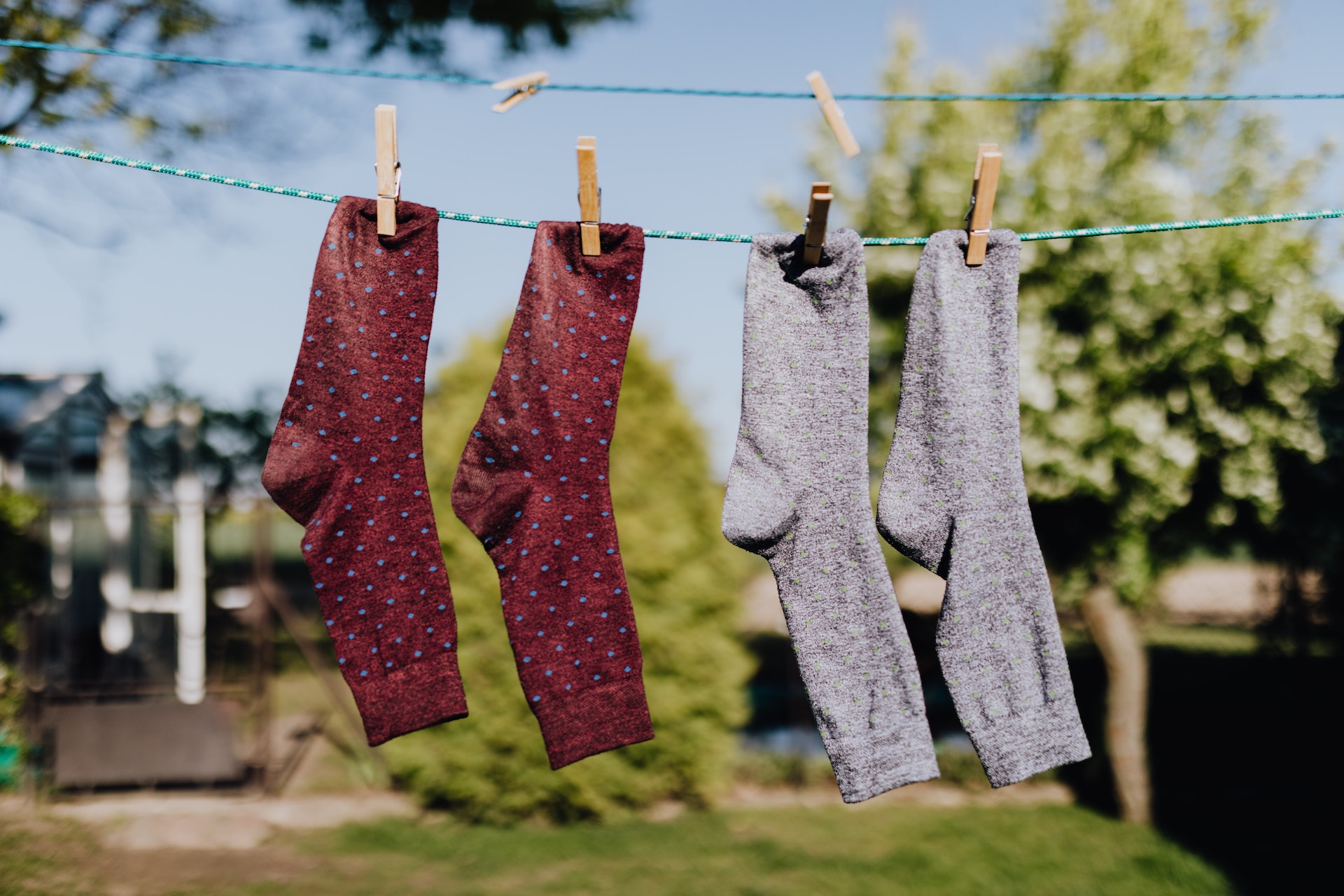
While doing laundry
– Fill your machine every time
Your washing machine is one of the most energy-hungry appliances in your home. Make sure you’re getting the most value from that energy by filling the machine completely every time you use it.
– …but check the capacity
Just be careful not to fill your machine above the load capacity. Your clothes may not be clean at the end of the cycle, wasting energy on a second wash, and you can even damage your washing machine.
– Drop the temperature to 30°C…
There are many laundry detergent options available that promote the fact that they can clean as well at lower temperatures as 40°C. Dropping the temperature of your wash from 40°C to 30°C will reduce the energy used by your washing machine by 38%.
– … or even lower!
Since 2013, all washing machines are required to have at least one cycle that washes at 20°C or lower. Which found that this cycle uses 62% of the energy or a 40°C cycle on average, making it a great energy-saving option for lightly marked clothes or a machine maintenance wash.
– Use Eco-Mode
While most modern washing machines have an eco-mode, what each one does can vary. Typically, this mode will extend the wash cycle and lower the temperature slightly. You might not want to use them if you’re in a rush or dealing with very dirty clothes but, for day-to-day washes, they should lower your energy use without noticeably impacting performance.
– Shake it off (Laundry’s Version)
Before moving your clothes to a tumble dryer or drying rack, shake out each garment. Not only will this reduce creasing and the need for ironing, but your clothes will dry quicker if they aren’t folded.
– Sun-dried with care
Tumble dryers are also energy-intensive appliances. Switching to drying outside on the line whenever it’s sunny if possible can make a big difference to your energy consumption.
– Throw in a dryer ball
Tumble dryer balls go in with your wet laundry to speed up the drying process. They typically reduce drying time by 20-40%, saving you time as well as money.
– Electric air dryers vs tumble drying
If you don’t have a garden or outdoor space to dry clothes, consider an efficient electric-heated clothes dryer. A typical electric rack uses around 60% of the electricity of a tumble dryer to dry a load of clothes.
– Keep an eye as you dry
If you do use a tumble dryer, check it regularly during the cycle and take your clothes out when they’re done. Many machines will keep going for as long as they’re turned on, wasting energy and potentially damaging your clothes.
– Designated drying day
You can save energy if you’re able to do all your drying together. Residual heat in the tumble dryer will help each load dry more quickly.
– Radiator Happiness
Don’t hang laundry directly on a radiator as it will stop it from warming the rest of the room.
– Share the warmth
If you’re air drying laundry, try and do it in a room that you’re heating and spending time in any way. Using an electric clothes dryer will help warm the room, whereas if you use an air dryer your central heating will help speed up the process.
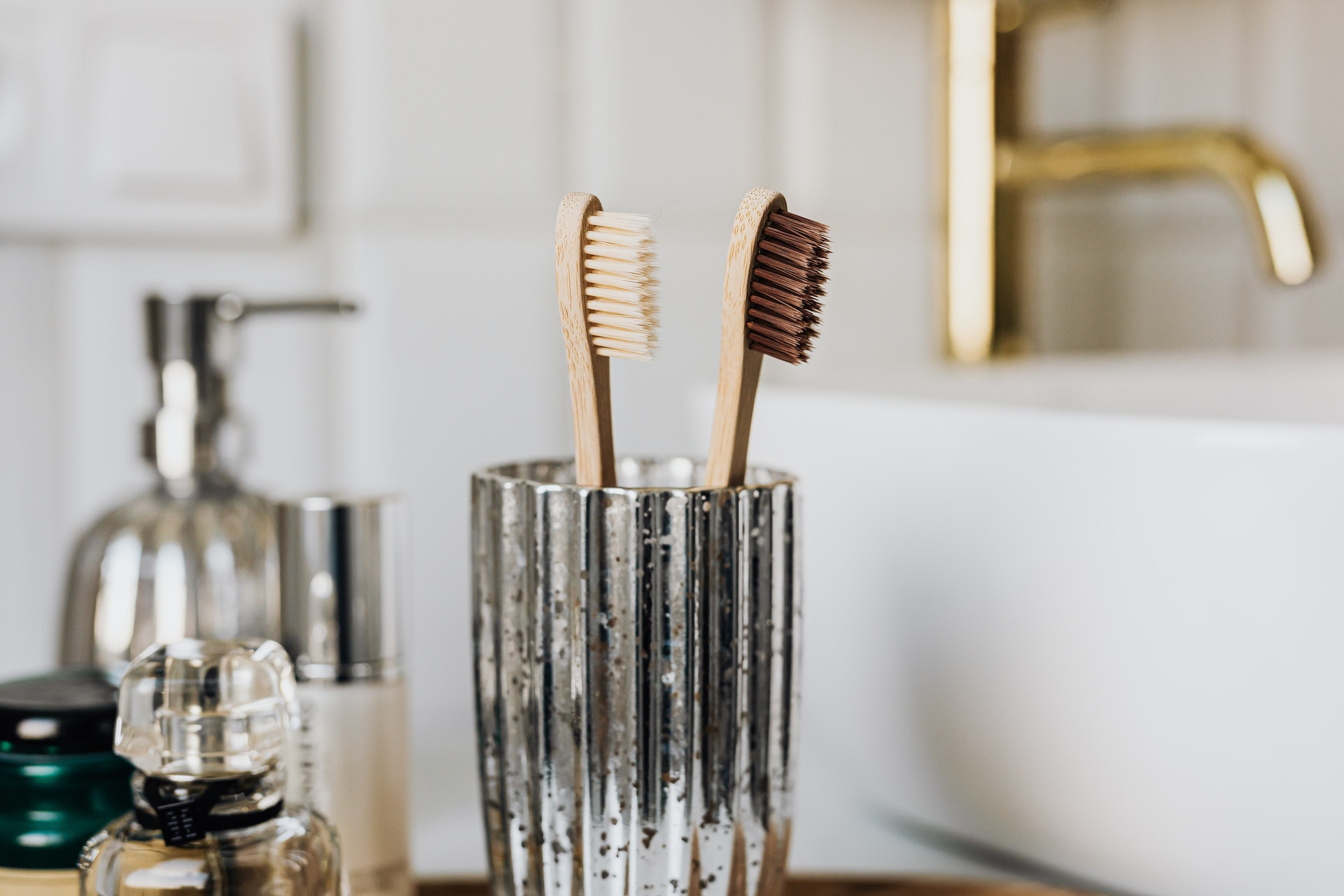
In the Bathroom
– Swap baths for showers…
The Energy Saving Trust has calculated swapping one bath a week for a four-minute shower could shave around £14 off your yearly gas bill.
– …and keep showers snappy…
The same organisation have calculated that everyone in an average home keeping their showers under four minutes would cut their annual energy bill by £65.
– …and fit a low-flow shower head!
Energy-efficient shower heads aerate the water as you use it, meaning you get the same pressure for less water. Less hot water used means less gas or electricity used to heat it. They’re available to buy online, though you may also be able to get one for free – check below.
– Get free water-saving devices
Depending on your area, you might be able to get a low-flow shower head for free through your water supplier! Each supplier offers different freebies, and you can check your local supplier and what you can get here. Remember, anything that saves you hot water will also reduce the amount you pay for heating, and if you have a water meter you’ll also save on your water bill.
Not sure if a water meter would save you money? Read our full guide here
– Extraction Time
Extraction fans are vital in bathrooms to stop damp building up and causing damage and health problems. Your fan only needs to run for 10-15 minutes after use though, so make sure yours is on a timer and set correctly to avoid wasting energy.
– Cracking on
For small amounts of steam, such as from washing your hands, crack a window instead of using the fan to keep damp at bay without using electricity.
– Fix the drip
A dripping tap can waste 25 litres of water a year. Fixing the drip takes minutes and saves both water and energy.
– A close shave
Fill your sink with warm water when you shave rather than running the hot tap.
– Towel Rail Troubles
Make sure any heated towel rails or drying racks in your bathroom are only turned on when you need them – most will have a timer option to come on automatically when you usually take your shower.
– Hair Care
Devices like hair dryers, straighteners and curlers use electricity to heat up quickly and are energy-intensive. Using straighteners for five minutes every other day will use around £10 worth of electricity every year. Look into power-free alternatives for hair styling like traditional curlers, or switch to doing your hair somewhere you don’t pay for electricity like the gym.
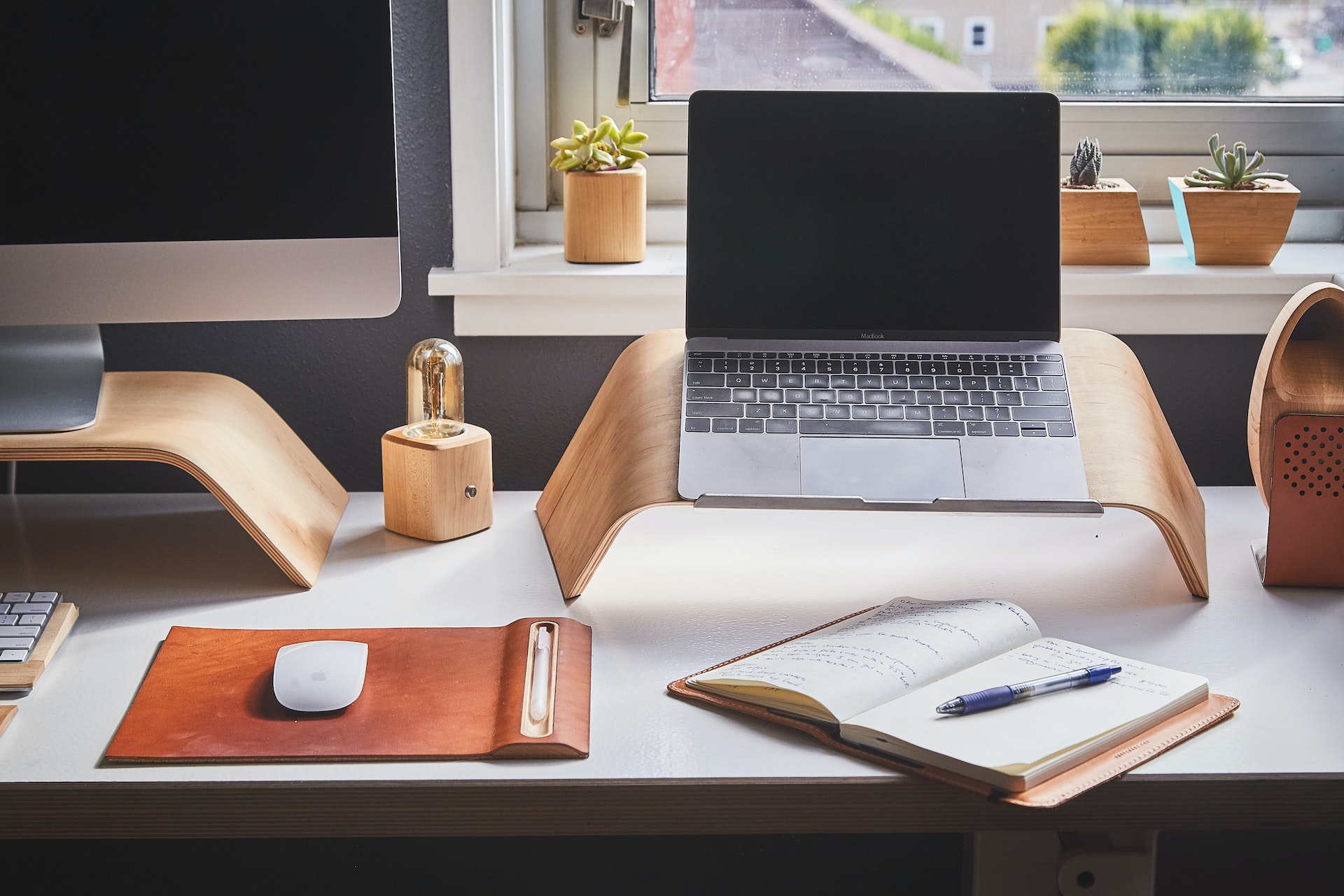
While working from home
– Get to know power-saving modes
Laptops and PCs that are idling or on standby still use power. Adjust your computer’s power-saving settings so that it powers off quickly while it’s inactive.
– Use your laptop
As more people switch to homeworking, you might find yourself choosing between working on a desktop PC and a laptop. If you don’t need the extra processing power, opting for the laptop could reduce energy consumption by 50-85% compared to an equivalent desktop computer.
– Don’t overcharge your phone
Leaving your phone plugged in when it’s fully charged not only wastes energy but can damage the battery in the long term.
– Be battery smart
You can reduce your laptop, tablet or phone’s energy usage by keeping the screen as dim as is comfortable and turning off Bluetooth and mobile data when you’re not using them.
– Monitor your monitors
If you’re shopping for a new PC monitor or looking to upgrade, look for more efficient LED-lit models, and screens that use TFT LCD technology versus CCFL backlighting. These older monitors use 20-30% more power than an LED-backlit display of the same size.
– Print’s not dead…
If you print documents at home, an inkjet printer uses less electricity than a laser printer.
– … or is it?
When it comes to printing, think about whether you need a physical copy. Most venues accept tickets on phone screens now, for example. Printing less will save you electricity as well as ink and paper.

In the garage
– Use an electric mower
They’re both more energy efficient and more convenient than a petrol-operated mower. Though you may add a little to your electric bill your overall spend on fuel will drop, especially as petrol prices continue to rise.
– Heavy-duty charging in the evening
If you do have an energy tariff with cheaper electricity at night, make sure you’re using it for your most significant charging. That could include an eBike, your electric lawnmower and even an electric car.
– Keep the door shut
Even if your garage is unheated, if it shares a wall with your home then you are losing warmth through the wall. Keep the garage door closed whenever you can.
– Getting from A to B
Whether you have an electric, petrol or hybrid car, making sure it’s as efficient as possible will save you on household costs and reduce your carbon footprint. Don’t store items in the boot of your car as the extra weight means your car will use more power.
– … to C to D
Keeping your tyres at the right pressure will also allow your car to run more efficiently.
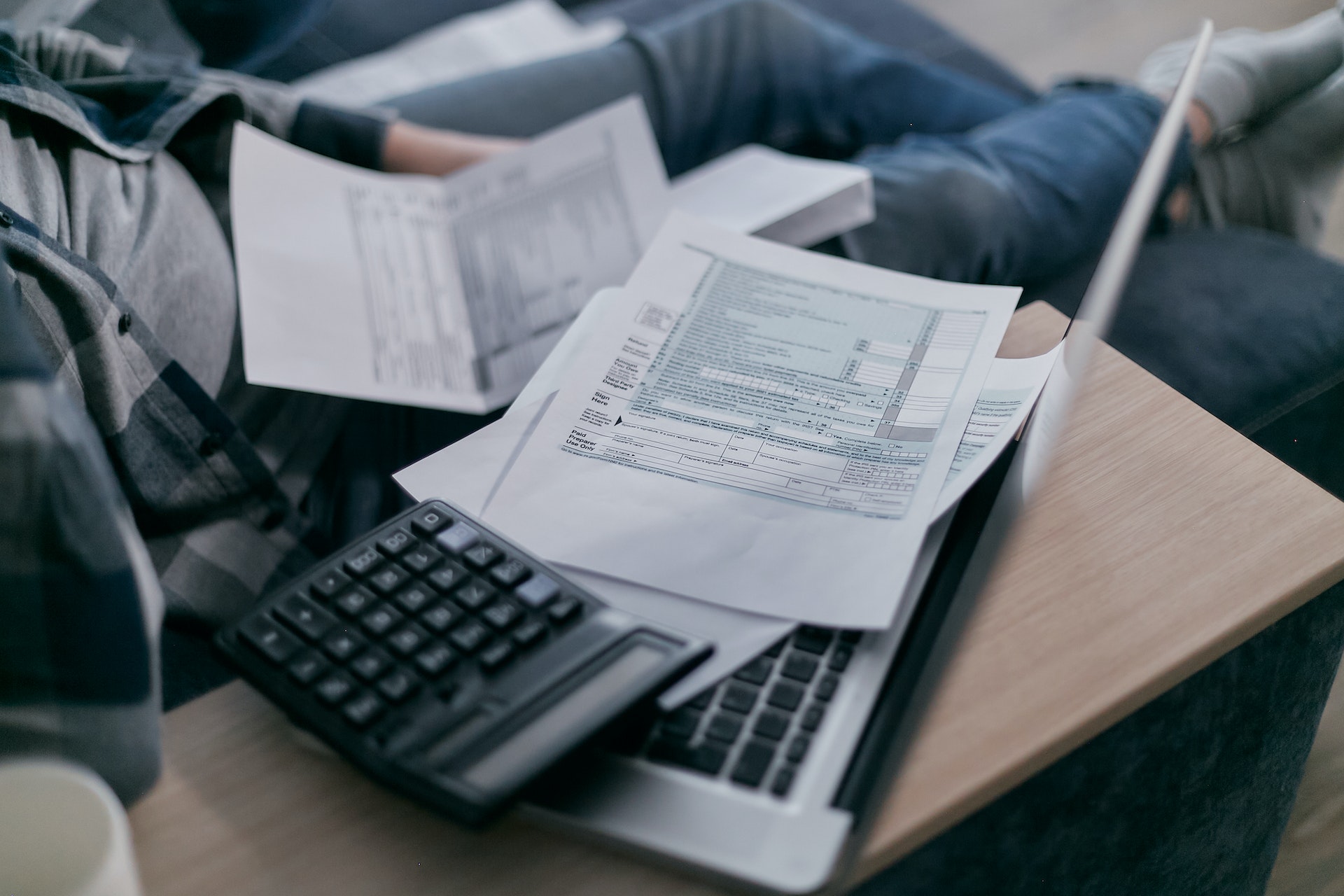
When you pay your bills
– Pay by direct debit
Okay, so it’s not a tip to save energy, but it could lower your annual bill. Paying by direct debit will let you pay the best possible per-unit price for your gas and electricity. Just make sure you actively manage your payment to make sure you’re not building up too much credit.
Read more about how you save when you pay by direct debit here
– Submit regular meter readings
Cutting back on your energy use won’t save you any money if you’re still billed based on estimated readings. Make sure to give your supplier regular readings so you only pay for the energy you use, and submit a dated reading from September 30th to pay for your energy at the pre ‘price-cap-rise’ rates.
Read more top tips:


